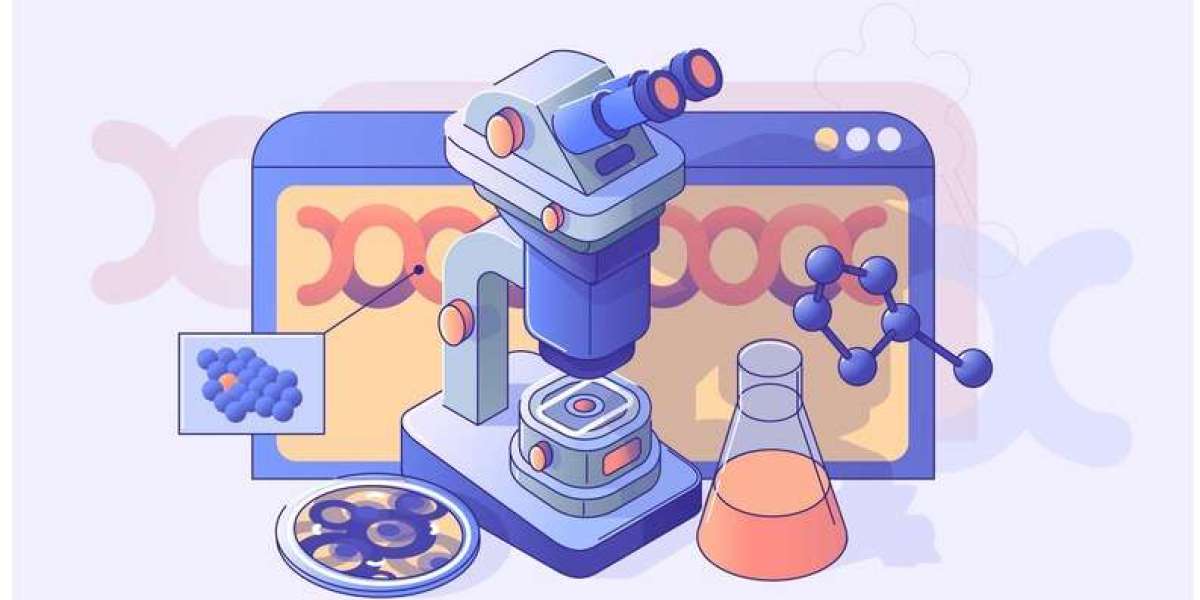The migration of legacy data to a new Laboratory Information Management System (LIMS) is a critical yet challenging endeavor for modern laboratories. This comprehensive guide provides in-depth strategies and best practices for efficiently transitioning to advanced LIMS software. It emphasizes the importance of meticulous planning and execution in maintaining data integrity, especially in specialized areas like pathology lab software.
I. Understanding the Importance of Data Migration in LIMS
A. The Evolution of LIMS Software
LIMS has transformed from a basic data repository to a sophisticated tool that integrates with various lab instruments and applications, making data migration crucial for leveraging its full potential.
B. The Necessity for Up-to-date Lab Software
Updating lab software isnt merely a technological upgrade; it's a step towards enhancing analytical capabilities, improving decision-making processes, and ensuring regulatory compliance.
C. Impact on Pathology Lab Software and Practices
For pathology labs, transitioning to an advanced LIMS means better management of patient data, enhanced diagnostic capabilities, and streamlined workflows, thereby improving overall patient care.
II. Preparing for Data Migration
A. Assessing Your Current LIMS Environment
Understanding the strengths and limitations of your existing system allows for a targeted approach to selecting a new LIMS that addresses specific operational needs.
B. Identifying and Classifying Legacy Data
Categorizing data into essential and non-essential helps in prioritizing during migration, ensuring vital data is transferred without overloading the new system.
C. Setting Clear Migration Goals
Define specific, measurable, achievable, relevant, and time-bound (SMART) goals for your migration project to ensure its success and alignment with your lab's objectives.
III. Designing a Migration Strategy
A. Choosing the Right Migration Tools and Partners
Selecting migration tools and partners with proven expertise in the specific type of LIMS software, be it general lab or pathology lab software, can greatly facilitate the migration process.
B. Developing a Phased Migration Plan
Implementing a phased approach allows for the gradual transfer of data, minimizing the risks of data loss and system downtime.
C. Ensuring Compatibility with New LIMS Software
Ensure the new software supports existing data formats and workflows, and offers scalability for future technological advancements.
IV. Managing Data Integrity and Security
A. Data Cleansing and Standardization
This involves removing redundant or obsolete data and ensuring consistency in data formats, which is crucial for the accuracy and usability of data in the new system.
B. Addressing Data Security Concerns During Migration
Implement stringent security protocols to protect sensitive data from unauthorized access or breaches during the migration.
C. Verifying Data Integrity Post-Migration
Conducting rigorous testing and validation post-migration ensures that all data has been accurately transferred and is fully functional in the new system.
V. Training and Support
A. Training Staff on New LIMS Software
Training is essential for familiarizing staff with the new systems functionalities, thereby ensuring a smooth transition and continued productivity.
B. Ensuring Continuous Support During Transition
Provide ongoing support to address any technical issues or user concerns, facilitating a smoother adaptation to the new system.
C. Engaging Users for Smooth Adoption
User engagement is key to successful migration. Feedback from end-users should be used to fine-tune the system to meet the lab's operational needs better.
VI. Overcoming Common Migration Challenges
A. Handling Large and Complex Data Sets
Developing a robust strategy for migrating large data sets ensures efficiency and reduces the risk of data corruption or loss.
B. Navigating Customization and Configuration Issues
Tailoring the new LIMS to meet specific laboratory needs while ensuring it remains flexible for future modifications is crucial for long-term success.
C. Addressing Downtime and Operational Disruptions
Strategically planning the migration to minimize operational disruptions is critical for maintaining laboratory productivity and service continuity.
VII. Best Practices for a Successful Migration
A. Regular Communication and Stakeholder Involvement
Maintaining open communication with all stakeholders throughout the migration process ensures transparency and aligns everyone's expectations.
B. Continuous Testing and Quality Assurance
Regular testing at every migration phase ensures the integrity and functionality of the data in the new LIMS environment.
C. Post-Migration Review and Feedback
After migration, its important to review the process, assess its success against predefined goals, and collect feedback for continuous improvement.
VIII. The Future of LIMS: Adapting to Emerging Trends
A. Integrating with Advanced Technologies
Stay prepared for future technological advancements by choosing a LIMS that can easily integrate with new technologies like artificial intelligence and machine learning.
B. Preparing for Future Migrations
Maintain a flexible and scalable data architecture to facilitate easier upgrades and migrations in the future.
C. Staying Ahead in Lab Information Management
Regularly updating LIMS and staying informed about new trends and technologies is crucial for keeping your laboratory competitive and efficient.
Conclusion
Migrating legacy data to an advanced LIMS database is imperative for modern laboratories to stay efficient and competitive. By adhering to these structured strategies and best practices, laboratories can ensure a seamless and successful transition, preserving data integrity and operational continuity. As technology continues to advance, the ability to adapt and upgrade LIMS system will be a key differentiator in the success of laboratory operations.






